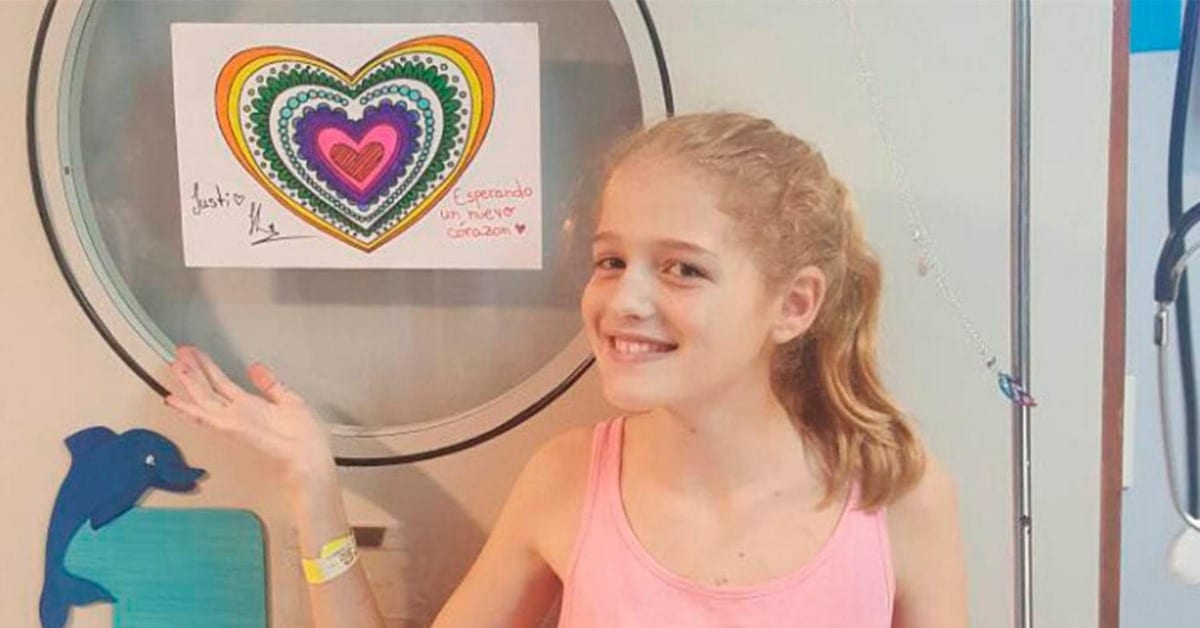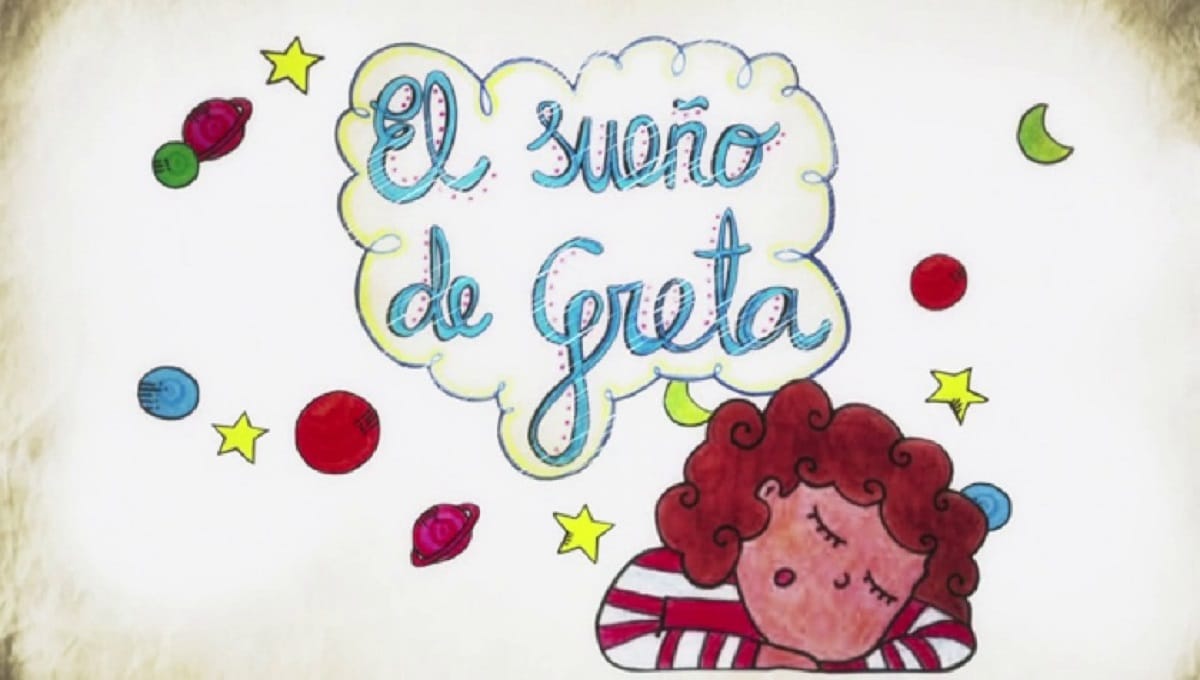
Several years Every February 27, the National Transplant Day is celebrated in Spain. With this day we want to pay tribute to all the professionals who work in health, and to the thousands of people who decide to donate a part of themselves to help others have a better life. In Spain we should be very proud, because we are the country in the world, in percentage terms, that makes the most donations.
We give you some ideas of how you can explain to the smallest and smallest of the house, what organ transplants consist of, or when is it can be done. We will also tell you about some initiatives in which the children who are going to receive an organ are explained what transplants consist of.
Organ donors are needed to do transplants

An organ transplant is replace a diseased organ or tissue with another that works well. This technique is highly developed and thanks to it many children and adults manage to improve their quality of life. Sometimes solid organ transplants are not done, but they are also transplanted; stem cells from the donor are put into another person that help the patient to recover.
Being an organ donor is one of the most humane acts out there. It is a gesture of solidarity, love and empathy. There are times when donations are made when the person has passed away, and others while they are alive. Those who donate do so anonymously and without receiving any consideration in return.
TransplantChild, is a European Reference Network for Pediatric Transplantation. This organization published a guide for parents and children, 12 years and older, on what to do after transplantation. Some of the questions that arise are rejection, infections that can occur, the care that must be taken. This guide is very interesting for older children and adolescents as it explains the post-transplant process in a clear and simple way. This is how young people understand how the life of someone who has been transplanted improves. You can find it in pdf on the Internet.
An app explains to children what transplants are

In 2011, the Onco-Hematology team at the Niño Jesús Hospital designed the guide They are going to do a transplant, to help young patients understand what a transplant consisted of. bone marrow transplant. From this idea a Didactic application, Marrow transplantation, for children between 3 and 10 years old.
This app, from free download, contains a story by Soledad Maestre Martín Ventas, a video recorded by Susana Griso, Ana Pastor and Manu Sánchez. Added to this are 3 video games with different levels of painting, memorization exercises, playful skills such as hunting microbes with a mask.
The aim of the application is that with the information it has, specifically adapted to children between 3 and 10 years old, it is possible for patients to understand what transplants consist of and that they can tell others about their own process. Although it is aimed at those who are going to receive a transplant, any child can use it to learn what bone marrow transplants are all about.
Stories to explain what transplants consist of

Greta's dream is a story that explains to the little ones how a girl lives her liver transplant. In his dedication he already states that he is dedicated to all patients and those who make transplants work, to professionals and anonymous people who donate organs. The initiative is included in the campaign to promote organ donation at the Reina Sofía de Córdoba University Hospital.
The story is available, free of charge, in audiobook, to download and listen to or in pdf format, so you can read it to your children. Greta's dream narrates the tireless desire of a five-year-old Greta to go up to the moon. With the help of his imaginary friend Seli, and the skill of his grandfather who has repaired an old rocket, he succeeds. But her dream comes true when she turns 40 and becomes the first woman to set foot on the lunar satellite….
With these tools, plus other videos and materials that have been published you can explain to your children the importance of organ donation. Children will understand in a didactic way, what transplants consist of and how it improves the lives of those who receive the organs.